“When you look at organic production, you need to look at the possibilities, not the problems.”
That was one of the clear messages from Jack Nolan from the Department of Agriculture, Food and the Marine at a well-attended Agricultural Consultants Association (ACA) organic farm walk in Co Offaly on Wednesday.
Speakers on the night included ACA president Noel Feeney; Bord Bia's Seamus McMenamin; ACA organic specialist Mary Lynch; and a number of speakers from the organic certification and training bodies.
There was a huge amount of interest in the organic scheme, with farmers bombarding the speakers all night with questions.
Organic conversion
The farm walk took place on the farm of Conor Larkin, who farms just outside Banagher, Co Offaly.
Conor converted to organic beef production 21 years ago and gave farmers a great insight into his farming system on the night.
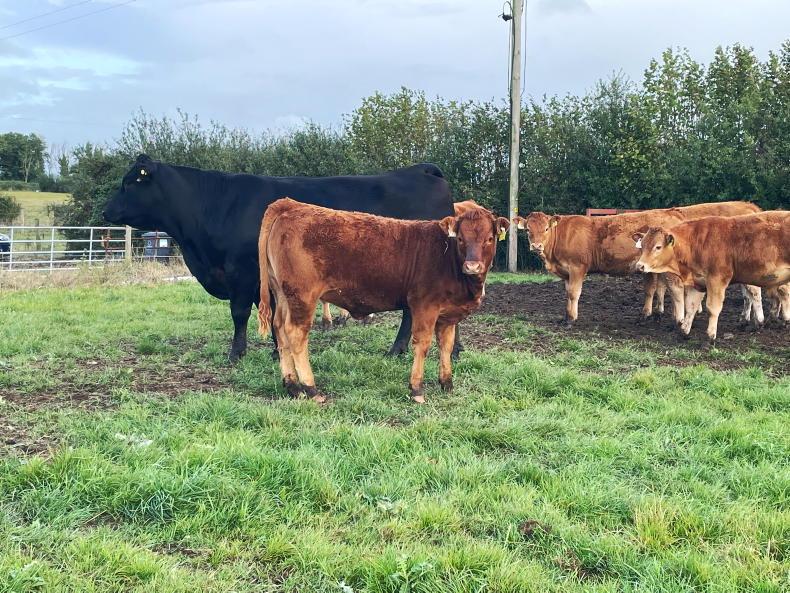
The system on the 120-acre farm is kept really simple. There are 30 spring-calving suckler cows run alongside 80 mid-season lambing ewes.
The majority of lambs are sold through the Offaly Lamb Producer Group, with a number of lambs also sold through a local box scheme.
On the cattle side, Conor breeds his own replacements and finishes the remainder through the ABP Goodherdsman brand.
Jack Nolan from @agriculture_ie opens the event with a very positive take on Organics. He urges people to have an open mind at tonight’s walk and look at the possibilities rather than the problems. @farmersjournal @FJBeef pic.twitter.com/TmjJGBEp3A
— Adam Woods (@ajwwoods) September 7, 2022
Jack Nolan from the Department of Agriculture outlined where policy was heading, including Government targets of 7.5% of Ireland’s agricultural area being farmed organically by 2030.
This runs alongside the EU target of achieving 25% of the agricultural area across Europe in organic production by 2030.
The new scheme will open in October and will pay farmers €300/ha annually over a two-year conversion period and €250/ha for the remaining three years of the programme.
Even if there was no scheme, I wouldn’t go back to conventional farming
Farmers will also be paid a special €2,000 payment in year one to go towards organic certification and this payment will continue to be paid at the rate of €1,400 for the remainder of the scheme.
Mary Lynch takes the attendees through the details of Conor’s cattle
— Adam Woods (@ajwwoods) September 7, 2022
system here at ACA organic farm walk. She says most organic cattle farms are around 1-1.5 LU/Ha. @farmersjournal @FJBeef pic.twitter.com/pjzPnWW0BV
Organic specialist Mary Lynch answered a huge amount of questions on the night from how farmers can get into the scheme to how they manage the farm once in organic production.
There were a lot of questions around housing and the requirement to have 50% of the animal lying area as bedded area.
Mary said: “This causes an issue on a lot of farms. However, sometimes when you sit back and look at things, you can find a solution, such as giving cattle access to another shed that is bedded.”
"Cubicles can also be used, provided the area of the cubicle equates to 3m2."
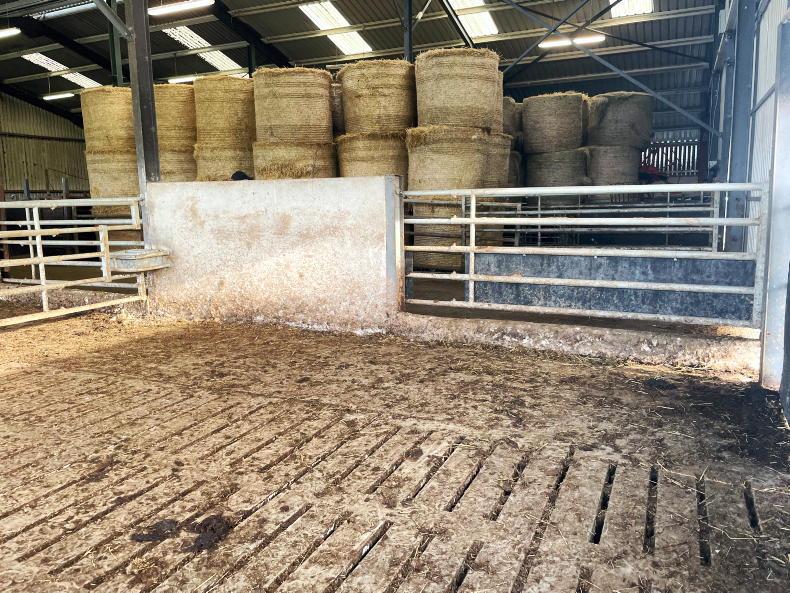
Mary went through the whole process from becoming organically certified to applying for the scheme and then complying with the Organic Farming Scheme.
Another obvious condition is no fertiliser allowed in organic farming. Slurry can be imported from non-organic farms, provided the slurry is from a cattle or sheep farm where animals are outdoors grazing and not an indoor pig or poultry farm.
When questioned on the profitability of the farm, host farmer Conor said: “To be honest, even if there was no scheme, I wouldn’t go back to conventional farming.
"I like the system and it’s working for me. I’m 21 years now in organic production and I’ve never had an issue that I wouldn’t have had in conventional farming.”
To read more about the farm walk and see a list of the questions and answers that were discussed at the open day, see the beef section of next week’s Irish Farmers Journal.





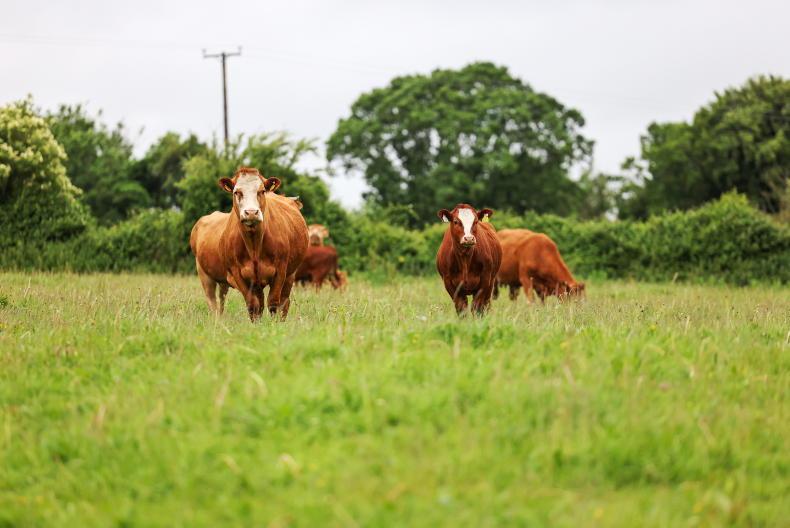
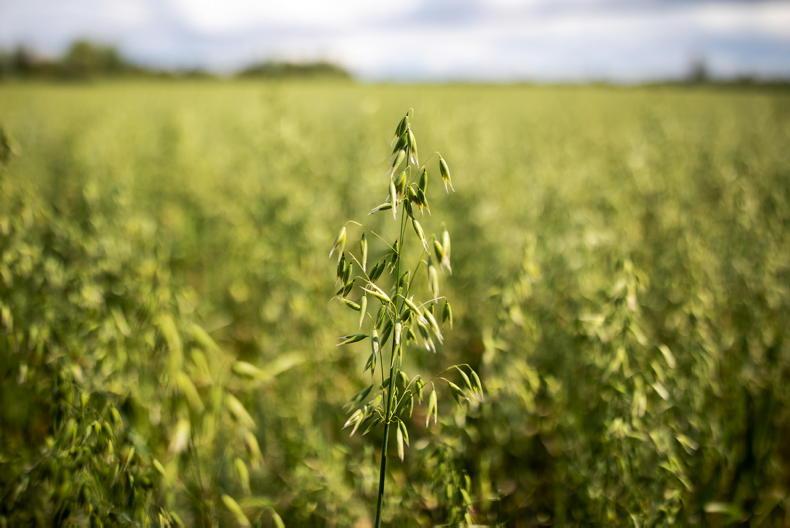
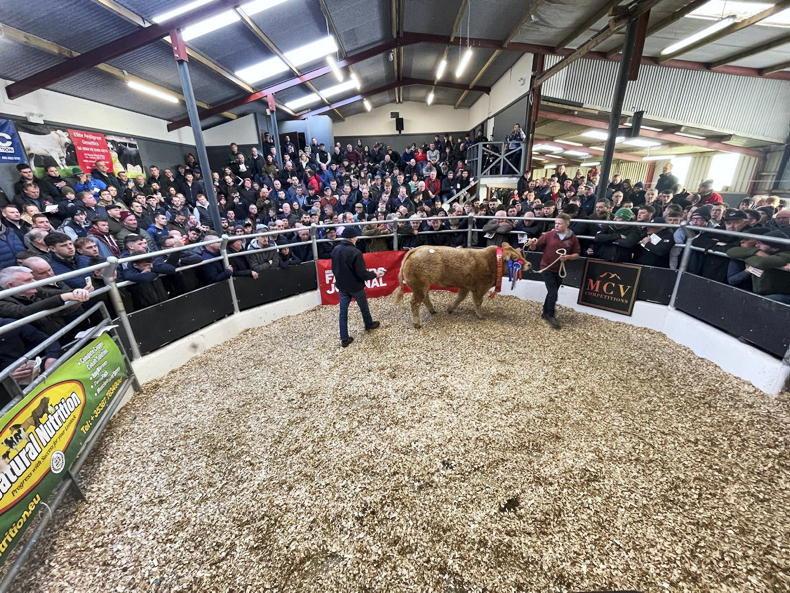
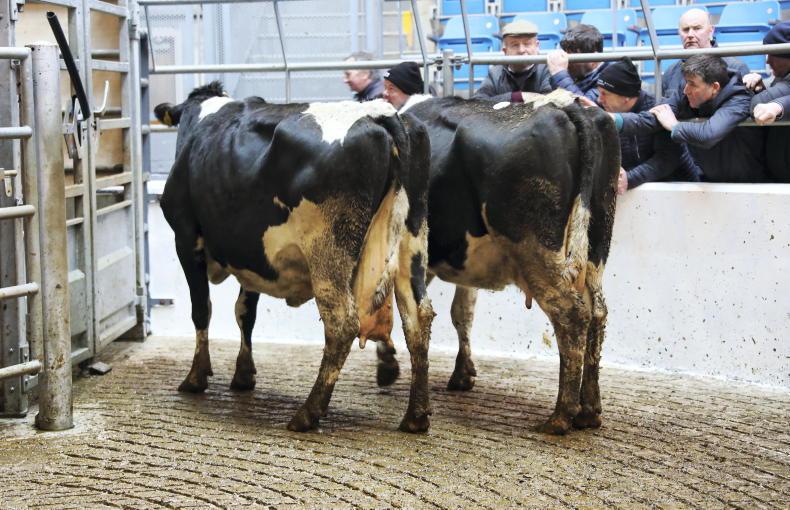
SHARING OPTIONS